Dec 9, 2025 12:28 PM
In Memoriam: Gordon Goodwin, 1954–2025
Gordon Goodwin, an award-winning saxophonist, pianist, bandleader, composer and arranger, died Dec. 8 in Los Angeles.…
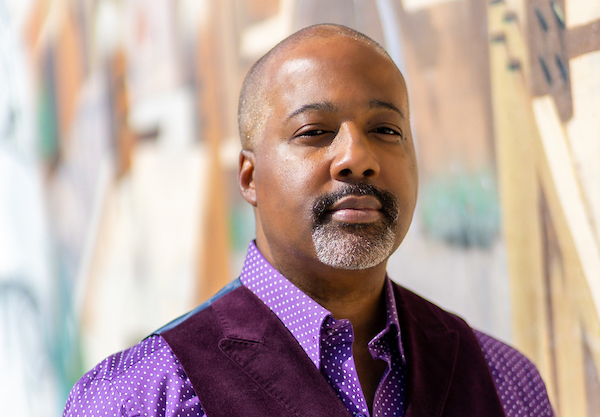
On For Such A Time As This, pianist Eric Reed explores a bevy of musical styles, including gospel.
(Photo: Jimmy Katz)In 1966, pianist Glenn Gould sat down at the BBC to discuss, among other things, his approach to interpreting classical repertoire. At one point, Gould addressed the importance of originality in interpretation, underscoring the need “to do it differently, to actually cover new ground. ... One turns performance into composition. This is the key to it.”Years later, those words blew Eric Reed’s mind.
“We’ve always been taught to treat the European classics with such respect,” the pianist said, speaking over the phone from his office at the University of Tennessee, Knoxville, where he holds the title Lecturer/Artist-in-Residence, Jazz Piano. “And the point [Gould] made was this: We have heard these pieces. Played. To. Death. If you’re just going to play the piece the way it’s always been done by everybody, then you really should consider another line of work.”
It wasn’t hard for him to see how that idea applied to jazz. “I look at arranging and harmonizing as a challenge,” he said. “Whether I’m rearranging Freddie Hubbard or Duke Ellington or Ned Washington and Victor Young, or Rodgers and Hart, I use the exact melody that was in the sheet music. Everything under that, as far as I’m concerned, is up for grabs.”
Take, for example, the interpretation of “Stella By Starlight” on his latest album, For Such A Time As This (Smoke Sessions). Played solo, it swaps the hard-bop drive the tune typically takes for a dreamy rubato. He also heavily reworks the changes, creating a dramatic harmonic shift on the song’s bridge, which, as written by Young, begins on a tension-building G7#5 underneath a D-sharp melody note. Reed’s reharmonization, by contrast, revoices that chord in a manner that calms the mood of the song and makes its melody more soothing to the ear.
“The song is a very beautiful piece,” he said, and that’s what he wanted to reinforce in his reharmonization. “I did not want to come up with something that was jarring. I wanted to maintain some level of beauty.”
Figuring out how to reframe the harmony is not something Reed does on the fly. “I will sit and work on four bars of something for a week, until I get the movement that I want,” he said. “And sometimes I kept the chord changes the same. I didn’t harmonize every line, but I did certainly with quite a few of them.”
For this album, he had the advantage of extra arranging time, thanks to the pandemic. “This [was] an opportunity for me to practice a lot more than I had in previous years, because there were no gigs,” he said with a wry laugh. “Then I thought, wait a minute—if there’s no gigs, what am I practicing for?”
Once he decided the answer was to make an album, he began to ask himself what he wanted that album to be.
“It sounds like I’m teaching a little bit on the album,” he noted. “I guess that might be because of what I learned in such a short period of time since March, when this music started to take shape: COVID. Ahmaud Arbery. George Floyd. Breonna Taylor. The political climate. Learning. Having to unlearn things. Having to understand this world we live in, understand this country, and what the people that are running this country think of its citizens. All of that has been a very fast learning experience for me.”
Some tracks, such as “Thelonigus (For Thelonious Monk And Charles Mingus)” and the Cedar Walton-inspired “Western Rebellion,” address his influences. “Bebophobia,” on the other hand, is a lesson for “people who put down bebop music.” Although it boasts obvious period elements, the performance is pointedly contemporary. “Bebop is fundamental to jazz music, because it is the bridge from the swing-era musicians to what jazz became in the ’60s,” Reed explained. “If you don’t have the bebop vocabulary, it’s like spelling without vowels.”
Elsewhere on the album, the pianist gets back to his roots in gospel music. “I was practically born in church,” he said. “My father was a preacher and he was raised in gospel music. My mom was raised in gospel music. We have relatives that are gospel singers and musicians. And to me, the best training a musician can ever receive is right there in the Black church.”
That’s especially evident on “Make Me Better,” where Reed shows off his commanding gospel left-hand technique. “I come by that left hand honestly,” he said. “When I came up as a child playing in church, I was the entire band. There were tambourines, hand claps and foot stomps, but for the most part, the only instrument was the piano. It was me driving the whole room.”DB
This story originally was published in the January 2021 issue of DownBeat. Subscribe here.
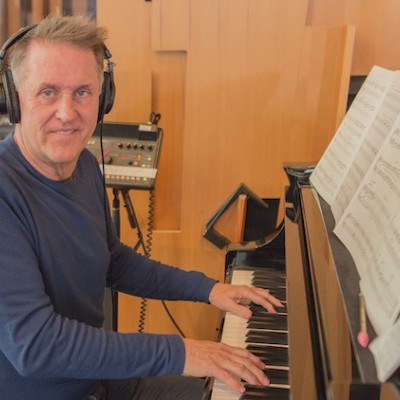
Goodwin was one of the most acclaimed, successful and influential jazz musicians of his generation.
Dec 9, 2025 12:28 PM
Gordon Goodwin, an award-winning saxophonist, pianist, bandleader, composer and arranger, died Dec. 8 in Los Angeles.…

Nov 13, 2025 10:00 AM
For results of DownBeat’s 90th Annual Readers Poll, complete with feature articles from our December 2025 issue,…
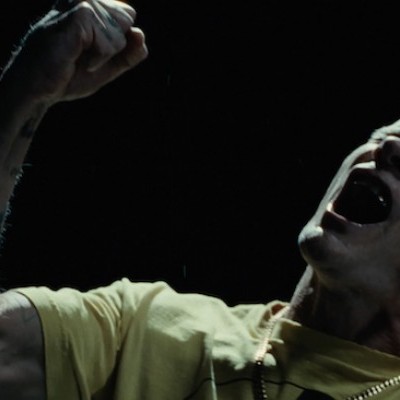
Flea has returned to his first instrument — the trumpet — and assembled a dream band of jazz musicians to record a new album.
Dec 2, 2025 2:01 AM
After a nearly five-decade career as one of his generation’s defining rock bassists, Flea has returned to his first…
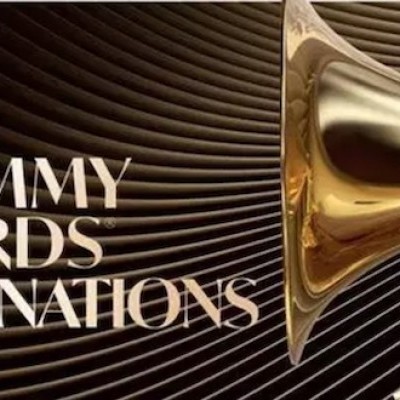
To see the complete list of nominations for the 2026 Grammy Awards, go to grammy.com.
Nov 11, 2025 12:35 PM
The nominations for the 2026 Grammy Awards are in, with plenty to smile about for the worlds of jazz, blues and beyond.…
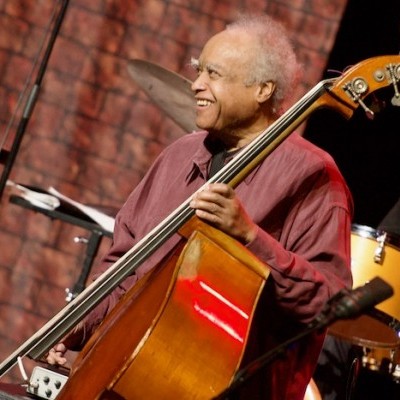
Drummond was cherished by generations of mainstream jazz listeners and bandleaders for his authoritative tonal presence, a defining quality of his style most apparent when he played his instrument unamplified.
Nov 4, 2025 11:39 AM
Ray Drummond, a first-call bassist who appeared on hundreds of albums as a sideman for some of the top names in jazz…